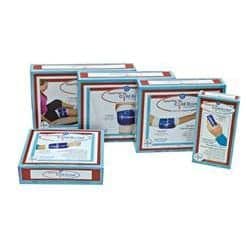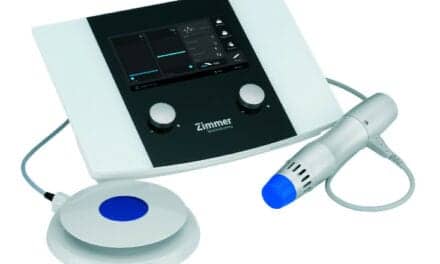By performing a few simple physical exercises daily, and receiving information about their disease regularly, 500 osteoarthritis patients were able to on average halve their pain in 6 months – and improve their physical function, researchers suggest.
The participants in the study from Lund University in Sweden used a newly developed mobile app to help them keep track.
“We expected patients to see an improvement, but these results exceeded our expectations. This demonstrates that using digital tools when treating chronic illnesses such as osteoarthritis can work very well,” says researcher and physiotherapist Håkan Nero at Lund University, in a media release.
The study, published recently in PLOS ONE, included 500 patients from Sweden with osteoarthritis of the hip or the knee, with a majority of slightly overweight women around the age of 60 (an average BMI of 28 for those with knee osteoarthritis and 27 for those with hip osteoarthritis). At the beginning of the study, they filled out a health form, something they then had to repeat every three months. They received new exercises and lessons on osteoarthritis daily for the entire period, the release explains.
“The exercises were designed to strengthen the muscles in the affected area. It was no more than two to three exercises daily, and took only five to ten minutes,” Nero says.
Each week, the patients reported their pain levels in the app, and tested their physical ability every two weeks.
“After 6 months, the group averaged almost half the amount of pain, and their physical mobility had improved by an average of 43 percent. The results were equally good for those who continued the program for up to a year. Normally, hip osteoarthritis is more difficult to treat, but in our study we saw no difference between knee and hip, and the same applied to gender and age,” Nero adds.
“Some patients with osteoarthritis may prefer conventional therapy at a clinic, but the results of the study show that it is possible to use digital technology as well. A mobile app is easily accessible regardless of where you are in the world,” Nero concludes.
[Source(s): Lund University, EurekAlert]





